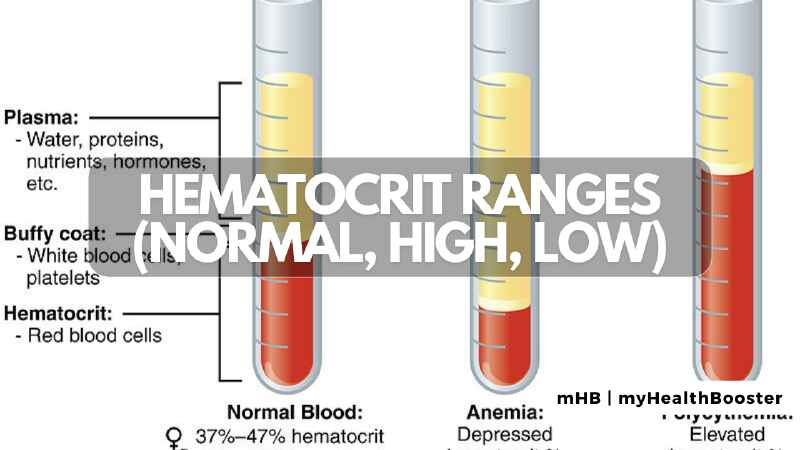Hematocrit, a key component of blood analysis, reflects the percentage of red blood cells in the total blood volume. This explores the measurement, normal ranges across different ages, and the significance of deviations from these norms.
What is Hematocrit, and How is it Measured?
Hematocrit, denoted as a percentage, quantifies the proportion of blood volume occupied by red blood cells. Automated machines or manual centrifugation methods are employed to measure hematocrit levels. Automated devices often derive hematocrit indirectly by assessing hemoglobin levels and average red blood cell volume.
Normal Hematocrit Ranges by Age
Hematocrit levels vary with age and gender. The following chart outlines normal hematocrit ranges:
| Age | Hematocrit Ranges |
|---|---|
| Newborn | 55% – 66% |
| One week | 47% – 65% |
| One month | 37% – 49% |
| Three months | 30% – 36% |
| One year | 29% – 41% |
| Ten years | 36% – 40% |
| Adult males | 42% – 54% |
| Adult females | 38% – 46% |
Note: These values may slightly differ between laboratories.
Low Hematocrit: Anemia Explained
A low hematocrit indicates anemia and may result from various factors:
- Blood loss: Trauma, surgery, bleeding, or conditions like colon cancer.
- Nutritional deficiencies: Iron, vitamin B12, or folate deficiencies.
- Bone marrow issues: Cancer replacement, chemotherapy suppression, or kidney failure.
- Abnormal hemoglobin: Conditions like sickle cell anemia.
High Hematocrit: Causes and Considerations
Elevated hematocrit levels can be associated with specific conditions:
- Altitude and Smoking: Living at high altitudes and chronic smoking can contribute to higher hematocrit levels.
- Dehydration: Dehydration temporarily elevates hematocrit, which normalizes with rehydration.
- Other Causes: Infrequent contributors include lung disease, certain tumors, polycythemia rubra vera (a bone marrow disorder), and the misuse of erythropoietin (Epogen) by athletes for “blood doping.”
In Brief
Understanding hematocrit levels is vital for evaluating blood health. Deviations from normal ranges can signify underlying health issues, necessitating further investigation and appropriate medical intervention. Regular monitoring and collaboration with healthcare professionals are essential for maintaining optimal hematocrit levels and overall well-being.
References
- Tintinalli J, et al. Tintinalli’s Emergency Medicine: A Comprehensive Study Guide, Eighth Edition. Mcgraw-Hill Education/Medical, 2015.
